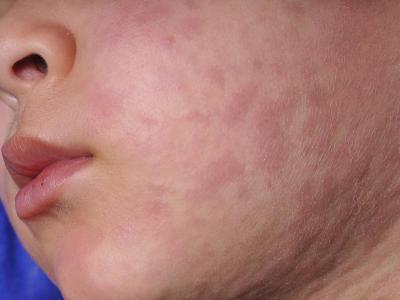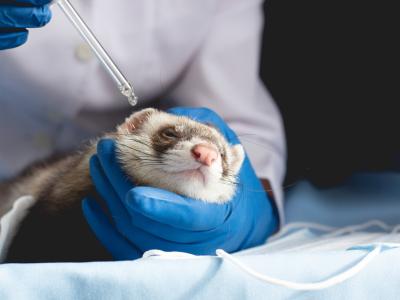China reports new H5N6 case, also in Guangdong province
Three of the world's seven human cases of H5N6 have now been reported in the past 10 days, with Hong Kong's Centre for Health Protection (CHP) reporting a new case today, following cases on Dec 29 and Jan 4.
Today's case involves a 25-year-old man in Shenzhen in Guangdong province, which borders Hong Kong. The man is hospitalized in serious condition, the CHP said. The previous two patients, both women, were also from Guangdong, with one in Shenzhen and one in Zhaoqing, about 100 miles to the northwest.
The woman from Shenzhen, age 26, died from the disease, while the one in Zhaoqing, age 40, is in critical condition. The agency did not say whether the two Shenzhen cases are linked.
All seven H5N6 cases have been in China, with the first confirmed in May 2014.
Jan 7 CHP statement
Avian flu outbreaks affect thousands of poultry in France, Nigeria
France's Ministry of Agriculture (MOA) reported its 67th outbreak of highly pathogenic avian influenza (HPAI) today, while Nigeria reported a large H5N1 HPAI outbreak that began last month.
The French outbreak involves a farm of 10,000 chickens and 4,000 ducks in the town of Gabat in thePyrenees Atlantiques region, the first outbreak there since Dec 20, according to an MOA report translated and posted today on Avian Flu Diary, an infectious disease blog. The exact avian flu strain was not specified.
All 67 outbreaks of H5N1, H5N2, and H5N9 HPAI have been in southwestern France. The first was confirmed in November.
In Nigeria, H5N1 struck a farm of 120,000 laying hens in Enugu state in the south, according to a report by Nigerian veterinary officials filed with the World Organization for Animal Health (OIE). The virus killed 25,000 birds, and the rest were euthanized to prevent disease spread.
The outbreak began on Nov 18 and tests confirmed H5N1 on Dec 31, but the event was not reported to the OIE till Jan 5. Control measures such as controlling the movement of poultry in the area and disinfecting the premises have been implemented.
Jan 7 Avian Flu Diary post
Jan 5 OIE report










